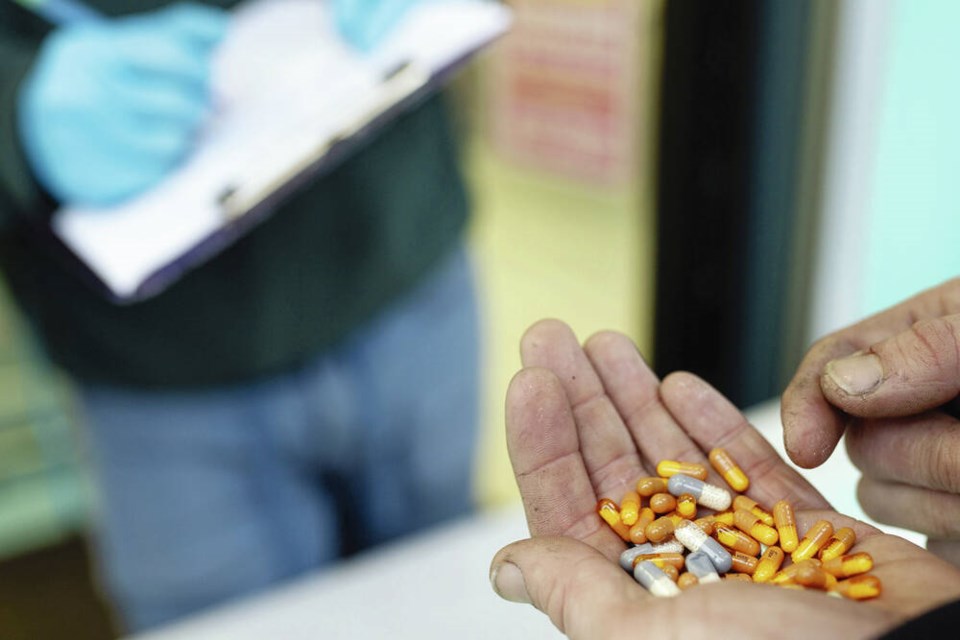The provincial government’s decision to decriminalize possession of illegal drugs appears more badly thought out by the day.
The policy, introduced last January, covers some of the most dangerous street drugs available. These include opioids like fentanyl, crack cocaine, methamphetamine and MDMA, commonly known as Ecstasy.
Adults may now possess up to 2.5 grams of these drugs without facing prosecution.
So far, so clear. But here the difficulties arise.
First, the province cited only three locations where consumption is banned. These are schools and licensed child-care facilities, airports, and Coast Guard vessels and helicopters.
That leaves countless public spaces where these drugs may be consumed.
A growing number of municipalities, alarmed at the prospect of people shooting up in parks and other places where children may be playing, have attempted bylaws banning consumption at such locations.
Campbell River, Kamloops, Sicamous and Penticton, among others, have all either introduced bylaws to this effect, or are actively considering it.
The question arises, why didn’t the province ban consumption across a wider range of public places? Wasn’t it obvious that parents would want safe spaces for their children to play?
There are counter-arguments here. If users are banned from public locations, won’t that lead them to shoot up out of sight? And in turn, doesn’t that increase the likelihood of overdose deaths?
Decriminalization was launched as an attempt to cut down on those deaths. That is a worthy intent and there are strong points on both sides.
Premier David Eby has expressed sympathy with concerned municipalities. Last month he said he will work with them to create “safer and healthier communities.”
He has also said that local governments already have tools to address public drug use. But do they?
For here the confusion widens still further. Campbell River tried banning consumption in public places as a threat to the health of the community.
But that led to a strongly worded letter from Dr. Charmaine Enns, a medical health officer (MHO) with Island Health. She advised the council that she must be consulted if such a bylaw were attempted, since public health matters fall under her jurisdiction.
Campbell River then redrafted the bylaw to remove any reference to public health matters. Now it simply bans consumption at specified locations.
But how does this work? The effect is the same. Does a mere change in wording take the MHO out of the equation?
Moreover, viewed broadly enough, virtually any nuisance bylaw can be interpreted as impacting the health of the community. So who makes the final decision, the municipality or the MHO?
The impression we get is that this is a work in progress, with ministers and officials making it up as they go along.
To an extent that’s fair enough. It’s not uncommon for new policies to have unforeseen consequences and require further adjustments.
But this isn’t just any new policy. This is a significant reversal of longstanding views about how illegal drug consumption should be dealt with.
To date, we’ve used the penalties embodied in law to respond to what everyone agrees is a harmful and dangerous practice, both to the individual and to the community. If we’re going to move away from that, far more clarity is required.
First, we need to know who has the deciding voice when municipalities contemplate bylaws to prohibit consumption in certain public spaces, local governments or the MHO.
Second, the province’s unduly narrow list of banned sites should be broadened to respect community concerns.
The government may respond that the new policy is subject to review after a three-year trial. Well and good.
But that’s no excuse for allowing turmoil and bewilderment to continue throughout that period.
>>> To comment on this article, write a letter to the editor: [email protected]



